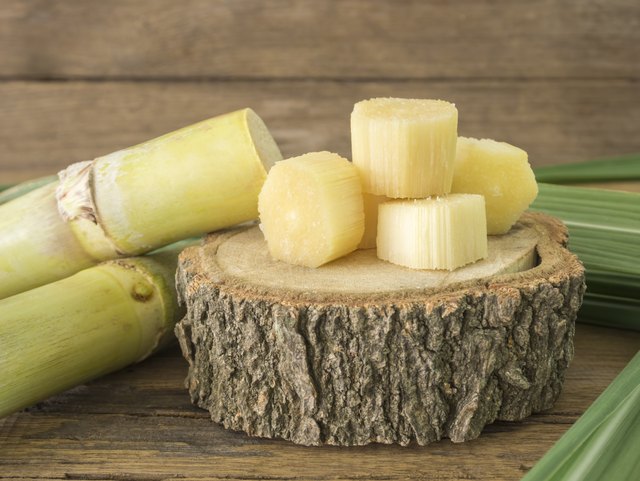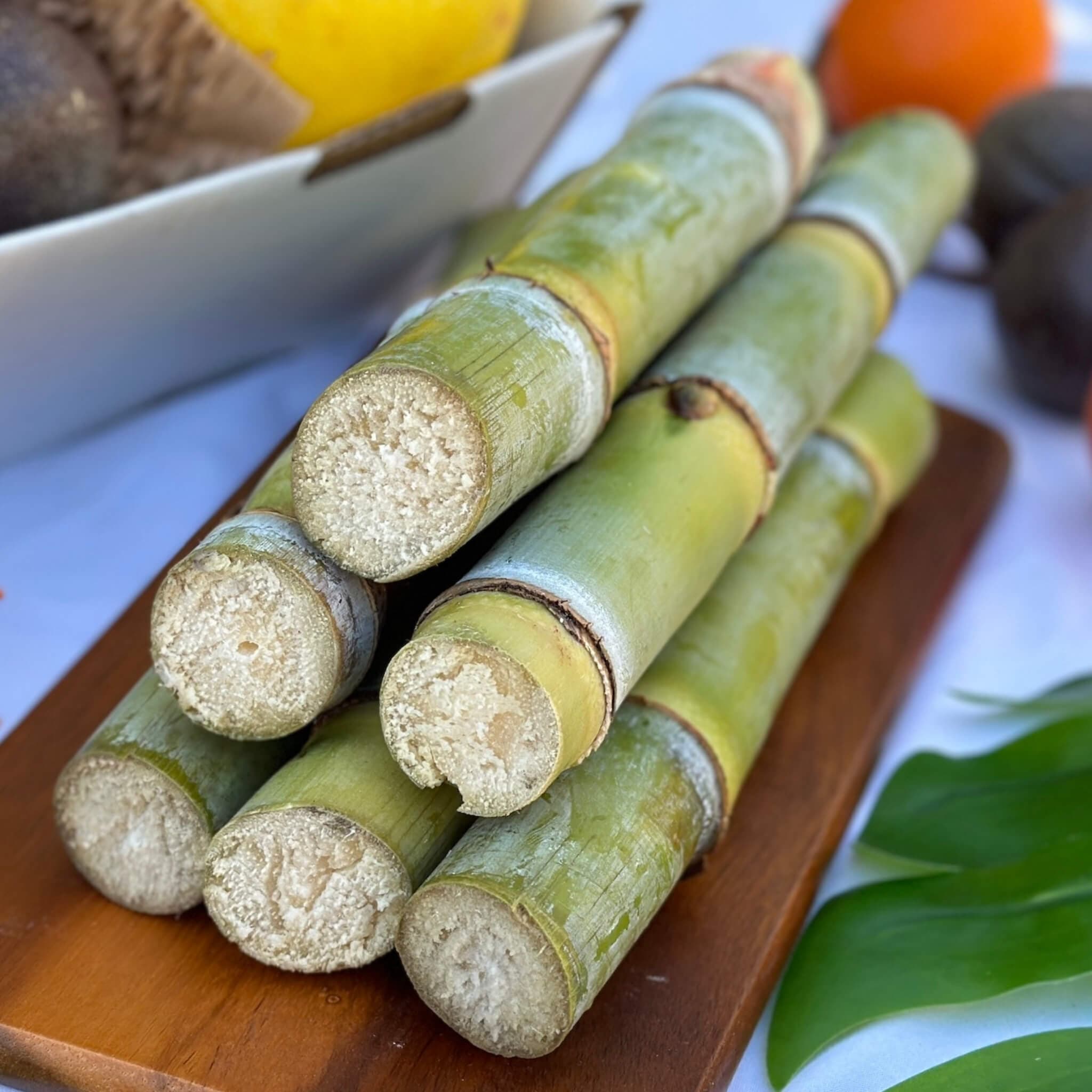Why Walking Cane Sugar Handling Chemicals Are Crucial for Modern Sugar Refining
The role of walking cane sugar handling chemicals in modern sugar refining can not be overemphasized, as they are essential to boosting both the effectiveness of extraction and the general quality of the final item. Representatives such as phosphoric acid and specific flocculants are employed to eliminate pollutants, causing sugar that not just fulfills consumer expectations but additionally complies with market requirements. However, the implications of these chemicals extend past top quality, touching upon market dynamics and ecological factors to consider. This raises essential inquiries regarding the sustainability of such practices and their influence on the future of sugar production.
Role of Processing Chemicals
The efficiency of walking stick sugar processing pivots significantly on the tactical application of handling chemicals. These chemicals play a pivotal duty in boosting the efficiency and high quality of sugar removal and refining. From the first stages of juice removal to the last filtration actions, handling chemicals help with various important procedures.
In the removal stage, chemicals such as phosphoric acid and calcium hydroxide are employed to enhance the explanation procedure, aiding to remove impurities and put on hold solids from the walking cane juice. This not just boosts the yield however also ensures the clarity of the last product. In addition, agents like flocculants aid in the quick settling of impurities, thereby streamlining the total procedure.
As the handling advances, chemicals are utilized in decolorization and condensation phases. Activated carbon and ion exchange resins offer to get rid of shade and odor, making sure that the refined sugar fulfills customer high quality criteria. Inevitably, the role of handling chemicals prolongs past operational effectiveness; they considerably influence the sensory attributes of the end product, contributing to market competitiveness. Hence, the careful selection and application of these chemicals are essential for attaining optimal results in walking stick sugar handling.
Trick Types of Chemicals
Walking stick sugar processing counts on a range of vital chemicals that help with each phase of manufacturing. These chemicals play crucial roles in clearing up, whitening, and cleansing the sugar drawn out from cane.
One main classification of chemicals consists of flocculants, such as polyacrylamide, which help in the clarification process by promoting the aggregation and settling of pollutants. Furthermore, calcium hydroxide is commonly employed to reduce the effects of level of acidity and help in the removal of non-sugar parts.
Bleaching representatives, such as triggered carbon and sulfur dioxide, are made use of to decolorize the syrup, leading to a clearer last product. These chemicals help get rid of shade substances that may impact the sugar's appearance and bankability.
Furthermore, phosphoric acid works as a pH regulatory authority during the processing phases, guaranteeing ideal problems for the chemical activities associated with sugar removal and purification.
Various other essential agents consist of edta (ethylenediaminetetraacetic acid), which chelates steel ions that can militarize undesirable responses, and sodium hydroxide, which helps in pH control throughout the refining process. Collectively, these chemicals improve performance and ensure a top quality walking cane sugar item.
Benefits for Sugar Quality
Typically overlooked, the usage of details processing chemicals dramatically improves the total top quality of walking cane sugar. These chemicals play an essential function in refining processes, guaranteeing that the end product fulfills strict market requirements for purity and taste.

Furthermore, processing chemicals help in accomplishing a regular granulation and appearance, which are important for customer acceptance. By regulating the formation procedure, these chemicals ensure that the sugar crystals create consistently, bring about a more attractive product that dissolves well in various applications.
Additionally, making use of these chemicals can improve the life span of walking cane sugar by reducing wetness absorption and microbial growth. Generally, the critical application of handling chemicals is important for providing premium cane sugar that fulfills customer assumptions and sector demands.
Environmental Impact Factors To Consider

Moreover, the energy-intensive nature of sugar refining, compounded by chemical use, commonly causes boosted carbon emissions. This contributes to environment adjustment and increases worries relating to the sustainability of current refining practices. In addition, the sourcing of these chemicals may entail practices that intimidate biodiversity, such as monoculture farming, which decreases the resilience of agricultural communities.

To mitigate these impacts, sugar refiners are significantly discovering lasting choices and adopting best methods that decrease chemical use. Executing extensive ecological monitoring systems can help ensure that the refining process straightens with environmental standards and advertises biodiversity. Eventually, a well balanced technique that prioritizes both sugar high quality and environmental stewardship is vital for the long-lasting practicality of the sugar industry.
Future Trends in Refining
As the sugar industry grapples with the environmental difficulties connected with standard refining techniques, cutting-edge strategies are arising to enhance both performance and sustainability. One considerable trend is the fostering of green chemistry concepts, which prioritize making use of non-toxic, biodegradable handling chemicals. This change not only decreases ecological influence however also addresses customer demand for cleaner production methods.
An additional appealing growth is the application of innovative filtering technologies, such as membrane layer separation and adsorption processes. These strategies enhance the clarity and high quality of the sugar while reducing the quantity of wastewater produced throughout refining. In addition, the combination of electronic innovations, consisting of IoT and AI, is changing operational efficiency by enabling real-time surveillance and predictive maintenance, therefore decreasing source waste.
Additionally, using spin-offs from sugar refining, such as bagasse and molasses, is obtaining grip. These materials can be moved here converted right into biofuels or value-added products, contributing to a circular economy within the industry. Collectively, these patterns signal a change towards even more sustainable techniques that not just improve operational efficiency yet also line up with worldwide sustainability objectives, guaranteeing the future feasibility of sugar refining.
Conclusion
Cane sugar handling chemicals are essential in modern-day sugar refining, considerably enhancing the efficiency and quality of sugar removal. The critical use these chemicals not only improves the purity and flavor of the last item yet also makes certain constant formation and texture. As the industry progressively prioritizes sustainability, the fostering of environmentally-friendly handling agents is most likely to form future trends in refining, ultimately leading to better products and prolonged shelf life for customers.

Inevitably, a well balanced method that focuses on both sugar high quality and environmental stewardship is important for the lasting stability of the sugar market.
Cane sugar handling chemicals are crucial in modern sugar refining, significantly improving the performance and high quality of sugar extraction.
Comments on “Sugar and Cane: Exploring Their Role in Traditional and Modern Cuisine”